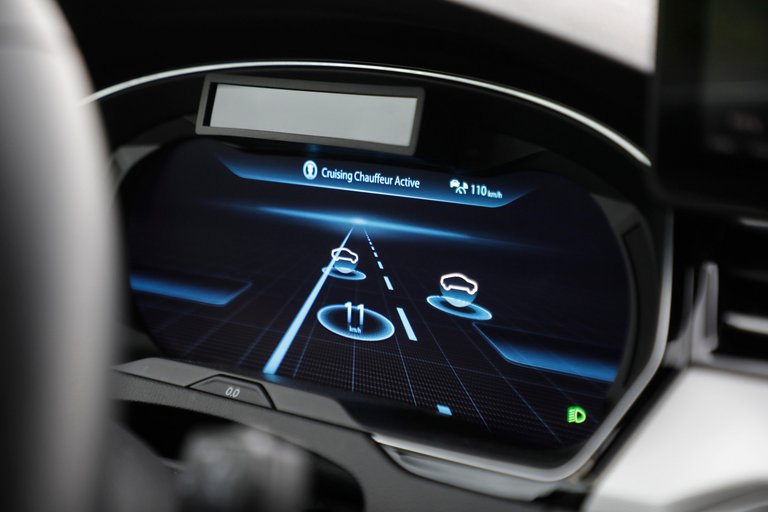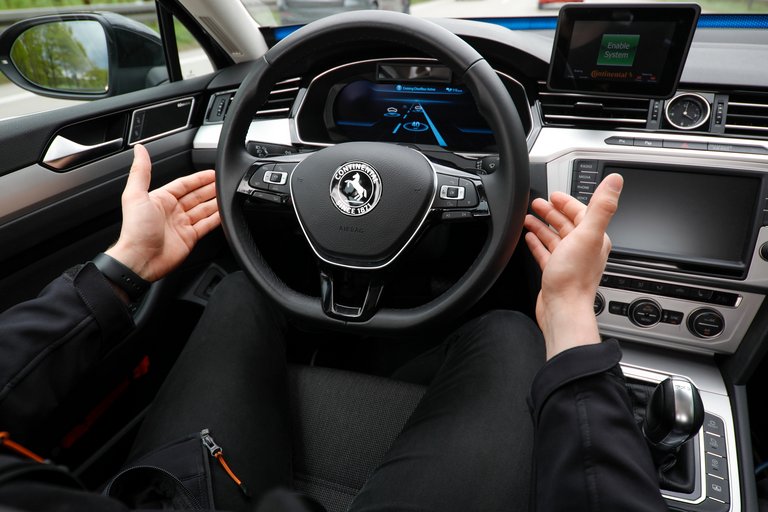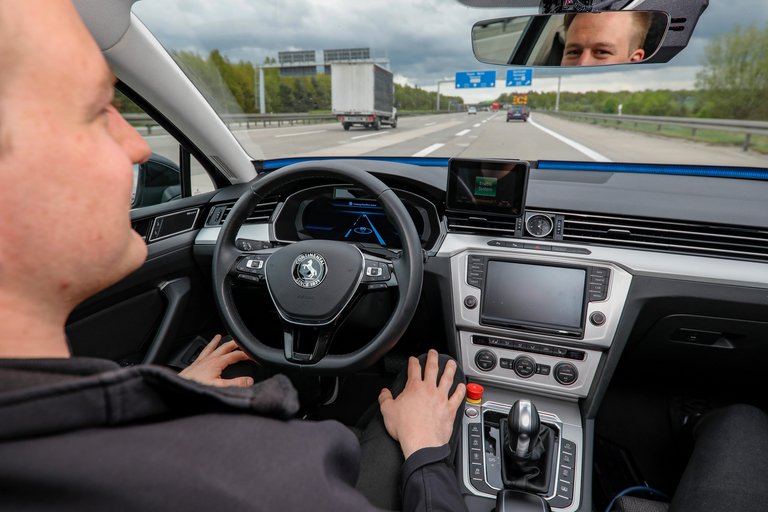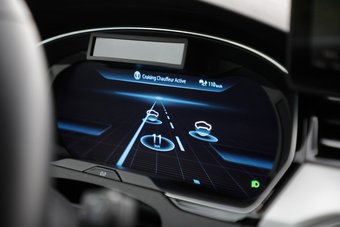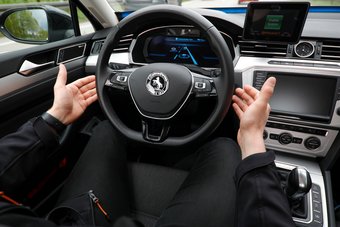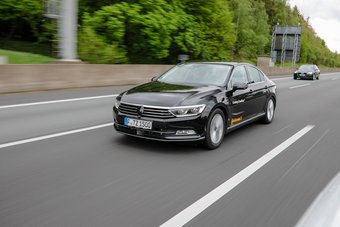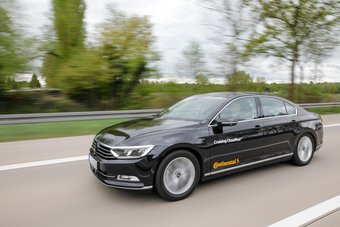Continental Expands Automated Driving Tests on the Autobahn
- The technology company Continental is expanding its global test drives for highly and fully automated driving – in Lower Saxony as well.
- The focus of development remains the production readiness of highly automated driving
- Tests on the autobahn are rounded off with system tests in an urban setting
Hanover, April 26, 2018. The technology company Continental is expanding its global development activities for the safe launch of automated driving. The engineers are now also testing their test vehicles on autobahns in Lower Saxony. The developers test the systems of the test vehicles under real traffic conditions on Germany's autobahns. The prototypes are always monitored and operated by a development expert in the driver's seat. Continental develops sensors, vehicle computers, operating systems, and software for automated driving, particularly in Japan, China, the U.S.A., and Germany.
“As a technology company, we want to increase acceptance of automated driving. This means that, on the road to production readiness, we constantly put our systems to the acid test, investigating everything from the bit to the byte, from the lens to the chip,” declares Ralph Lauxmann, head of Systems & Technology in the Chassis & Safety division. “Automated driving will not only help car drivers save time. It will also lead to greater safety in road traffic and will reduce emissions. This is why we are working on all forms of automated and autonomous driving – on the autobahn, in the city, and when parking.”
Autobahn, city, and parking – tripartite technology development
In addition to the production readiness of highly automated driving, Continental is also working on fully automated driving on the autobahn by 2025. Highly automated autobahn driving, in and of itself, is designed to allow car drivers to temporarily focus their minds on activities other than driving. With fully automated driving, this should be possible for sections of the route without the driver having to act as a fallback mode at all. Continental also believes in autonomous driving. With its test platform Continental Urban Mobility Experience, the technology company tests systems for driverless robo‑taxis in the city. Automated and autonomous parking is also being developed to be ready for production. The goal is seamless, automated mobility without accidents.
Next exit: highway
In the future, Lower Saxony will be particularly suitable as a test field for the test drives of the test vehicle Cruising Chauffeur. The planned routes include not only sections of the autobahn but also highways and routes through the city for subsequent test intervals. Having concentrated on automated driving on the autobahn in recent years, Continental is now embarking on the next step in the medium term: the rather more complex highway. “On highways, our systems have to cope with traffic that crosses the vehicle's path, the vastly differing edges, and, just like in the city, with pedestrians and cyclists. This places high demands on our systems,” says Lauxmann as he explains the requirements the technology must meet.
Every test drive with a test engineer
Test engineers play a decisive role in all Continental tests. After the systems and algorithms have proven their function in intensive simulations on the basis of large amounts of data in advance of recorded road situations, the hardware and software is installed in the test vehicles. The test engineer then steps in. He checks the basic function and initially tests the functions in Continental’s test environments, and then on public roads. “Our tests always cover interaction between different elements: environmental detection, system architecture, interconnectivity, human-machine dialog, actuators, driving function and behavior in the event of a fault. Everything must be coordinated with everything else – under all conceivable external conditions. After all, this is what creates acceptance for the new technology,” declares Oliver Fochler, a test engineer at Continental. The field of assisted and automated driving is growing rapidly at Continental.
Sensor fusion sees more than any human being
It is not only its sensitive user guidance that makes the Cruising Chauffeur popular with the user. This user guidance can also detect whether the driver could resume driving in good time if necessary. The Cruising Chauffeur also sees a lot more in road traffic than today's drivers and passengers. Continental recommends to its customers a combination of camera, radar, and lidar sensors for the best possible reliability by day and night, in rain or fog. The vehicle electronics combines the pictures that have been taken separately and the data to create what is known as an environment model. This means that, even in the event of heavy backlight, vehicles in front and road markings are recognized, or construction site cordons in fog, for example.

Sören Pinkow
Media Spokesperson Autonomous Mobility and Commercial Vehicles
AUMOVIO
Cruising Chauffeur
With the Cruising Chauffeur, Continental offers an autopilot for highway and secondary roads that supports the driver on longer distances and allows the driver to relax during daily commute.

